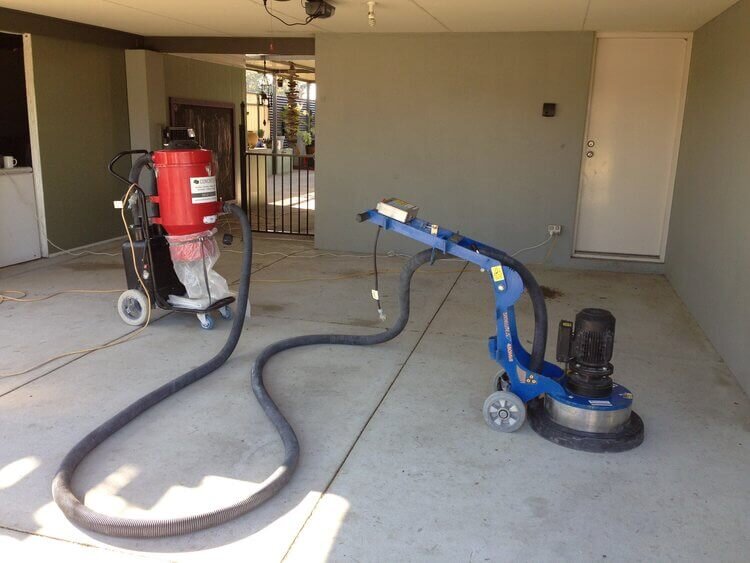How Do I Prepare A Floor Before Tiling?
/Replacing an existing floor with new tiles will transform the look of any interior or exterior space.
But whether your choice is for functional or frivolous tiles, industrial or indulgent ones, one of the most important aspects of any tiling project is the proper preparation of the substrate (the surface to which the tiles will be adhered).
If the substrate isn’t flat, clean and firm, it could result in an inferior result where tiles crack or break, jut out, loosen or lift off completely or ‘squeak’ underfoot.
Preparing the surface isn’t usually a difficult job, but it does require a bit of elbow grease. If you’re planning on going the DIY route, then your best bet is to hire a concrete grinder from a trusted supplier which will make the preparation work fast and easy.
It’s important to note that regardless of whether the tiles are to be laid on the surface of an existing floor where an old covering needs to be removed or whether they’re to be laid on a new or existing concrete floor, the same principle applies - and that is that all subfloors have to be flat, even, clean and totally dry before the new tiles can be laid.
Here are the basic steps on how to prepare floors before tiling, but remember, this information is only intended as a guide and it’s best to get advice from the experts that’s appropriate to your particular situation.
Remove existing flooring (could be tiles, vinyl, carpet etc) with a floor stripper. By stripping away the existing flooring, you get the benefit of seeing the condition of the subfloor and taking action to sort any issues out. You also get to see if there’s any water damage (particularly important in wet areas like bathrooms) so you can identify the source of the problem and fix it, instead of simply covering it up only to find you have a much larger (and more expensive!) problem on your hands in the future.
Remove any glue, coatings, sealers, paints, residue or other substances that are stuck to the floor. This is necessary to allow the new adhesive to bond properly with the slab. The condition of the surface and the type of contaminant/adhesive that needs to be removed will dictate how you prepare the surface, but in many instances, mechanical preparation with concrete grinding equipment using diamond tipped blades is the best option.
Survey the subfloor to identify any high or low spots because as mentioned earlier, the surface must be completely level before any new tiles can be laid. Again, concrete grinding equipment can be used very effectively to smooth out any uneven areas.
The subfloor must be completely clean and free of any dust or debris. Many concrete grinders have optional vacuum attachments to suck up any dust that’s generated during the grinding process.
If you’re thinking of going the DIY route for your tiling job, then you should partner with experts to get a professional, quality finish. A company like Concrete Hire for example, which has been an industry leader in the field of concrete preparation and specialised concrete equipment hire in Perth for over 20 years, will happily share their expertise and skills to help you get your tiling job done on time and on budget. You can get in touch with them on 1300 048 521 or via their website, www.concretehire.com.au where you’ll also find details of their extensive range of concrete grinding, polishing, pumping, cleaning, repair or demolition equipment for hire.

